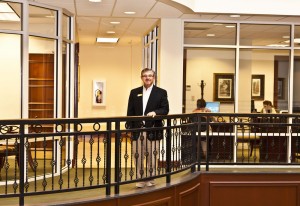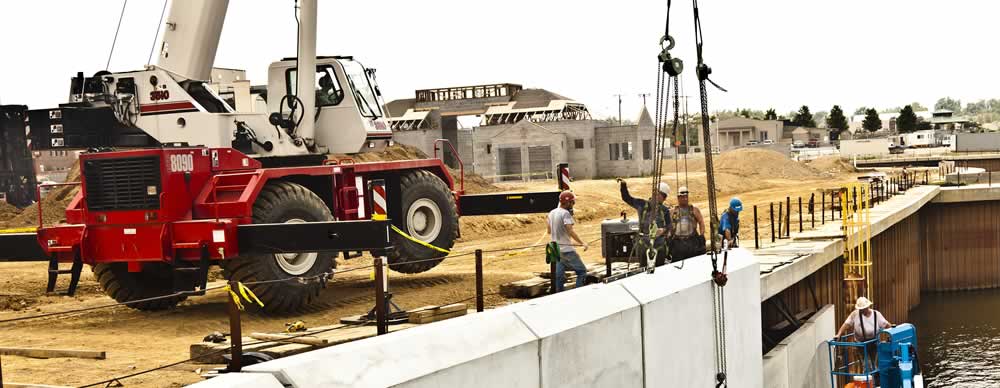Chapter Gallery of Images
What's Done, What's Next: A Civic Pact
Chapter Two:
Underlying Big Decisions,An Owensboro Operating System That Works, Mostly
by Keith Schneider
August 19, 2011
The Hard Last Steps To A Decision

When business executives grew concerned about the size and cost of the proposed convention center, they turned to respected opinion leaders like Darrell Higinbotham, the president of Independence Bank.
Payne knew that his late-game strategy was risky. Policymaking occurs in two theaters of engagement. One is public and is generally defined by regular open meetings. Payne felt the public portion of the steering committee’s work, which met with calendar-like certainty, was going well.
The other theater is what occurs in private. In that realm Payne knew he had problems.
Other prominent members of Owensboro’s leadership network were pushing back, many of them personal friends who were confidentially calling the mayor and seeking private meetings. They included Nick Brake, an educator and the chief executive of the Greater Owensboro Economic Development Corporation, plus a good portion of his 17-member board, among them Rod Kuegel, a farmer and the board chair, and Darrell Higginbotham, the previous chair and president of Independence Bank.
Other people of influence also were leaning on Payne. Jody Wassmer, the president of the Greater Owensboro Chamber of Commerce and a good number of his board’s 23 members were getting restive. And so was the Owensboro Daviess County Convention & Visitors Bureau. Karen Miller, its executive director and one of the very few women included in this issue to be among the city’s elite leadership, was quietly and urgently summoning the attention of her peers — in phone calls, emails, lunches, and meetings — to what she regarded as flaws in the steering committee’s review.
Her work, politically delicate, was having an effect.
At issue for the development leaders wasn’t a campaign to reject the convention center. All of Owensboro’s important business institutions had supported the 2009 tax increase that would pay for it. Rather, Miller, Brake, Wassmer, Kuegel, Higginbotham and other leaders were worried about its expanding size and cost at the expense of funding the remainder of the catalytic projects called for in the master plan. New details were steadily emerging in the regular public meetings of the steering committee, and through the network of internal channels available to the city’s leadership loop. The conclusions that Miller, Brake and their peers reached about where the convention center design was heading were easy to make, and to them, disturbing.
In early 2010, the convention center was initially marketed as a kind of utility infielder—small, locally-focused, versatile, and moderate in cost. Gateway Planning Group, the Texas-based town planning firm that drew up Owensboro’s downtown development plan, recommended a $20 million, 80,000 square-foot facility capable of holding sporting events, indoor tournaments, concerts, and conventions.
At that price, the convention center budget readily fit into the long list of other downtown development projects – a market area, a park on the river distinguished by a state-of-the-art water jet fountain, the reinvention of Second Street and Veterans Boulevard as walkable urban destinations, a first-class hotel, new urban residential buildings, and the like. Gateway Planning envisioned a downtown Owensboro that would be exciting to visit and a great place to live. In the fall of 2008, Gateway presented the plan to the city commission, which formally approved it in January 2009 as the blueprint for rezoning downtown and setting in motion a comprehensive list of infrastructure projects.
In March, 2010 Payne and Reid Haire, then Daviess County Judge Executive, formed the seven-member steering committee to decide the convention center’s design. One of the committee’s first acts was to agree to a $200,000 consulting contract for expert assistance for the convention center with a Louisville-based firm. By May that year the new consultants suggested that the city and county drop the idea of incorporating sporting events into the building’s design.
In October, after considering applications from 26 architecture firms, the steering committee selected a Louisiana-based group, Trahan Architects, to design the building.

